1. Space Constraints Can Feel Claustrophobic
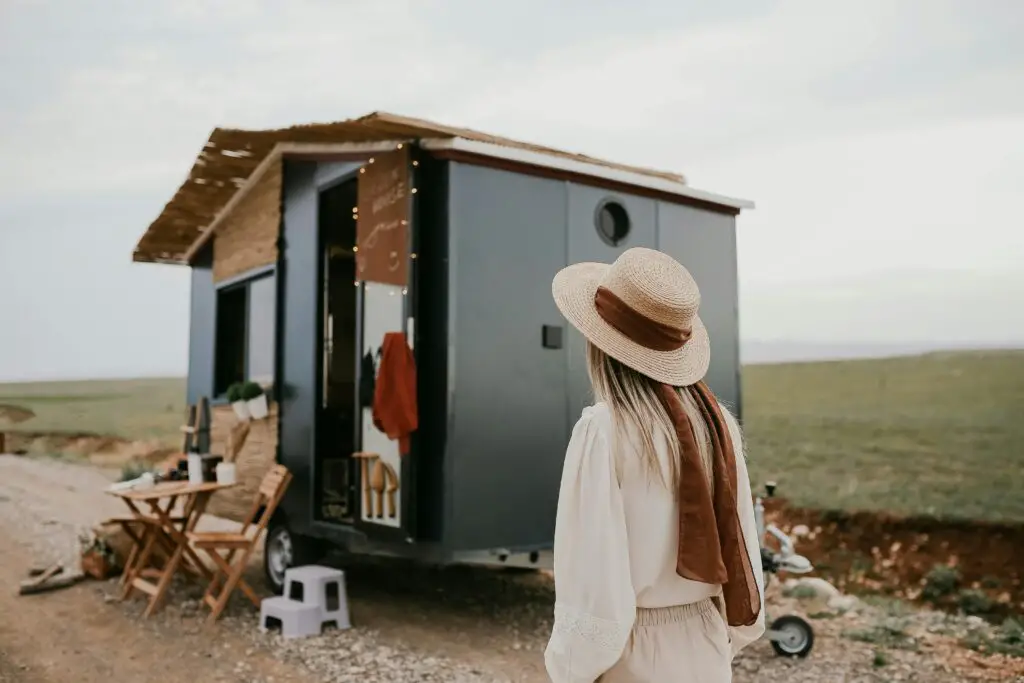
While tiny homes look cozy in photos, the reality of such limited space can quickly feel overwhelming. Living in under 400 square feet means adjusting to minimal space for storage, furniture, and personal items, which can become stifling over time.
2. Tiny Doesn’t Always Mean Affordable

Many are drawn to tiny homes for their perceived affordability, but hidden costs add up. Custom designs, high-quality materials, land purchase, and utilities can lead to surprising expenses that make tiny homes nearly as costly as traditional ones.
3. Limited Storage Requires Constant Decluttering
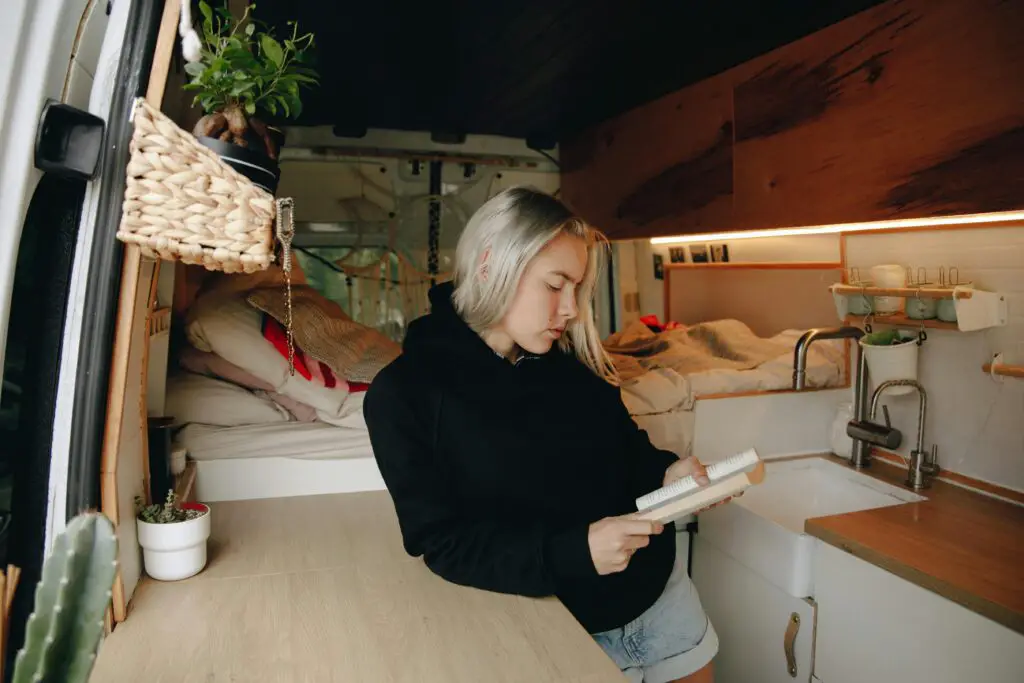
With little room for belongings, tiny home dwellers must embrace a minimalist lifestyle, often having to make tough choices about what to keep and what to let go. Regularly decluttering becomes a necessity and can be emotionally taxing.
4. Zoning Laws and Restrictions Complicate Placement
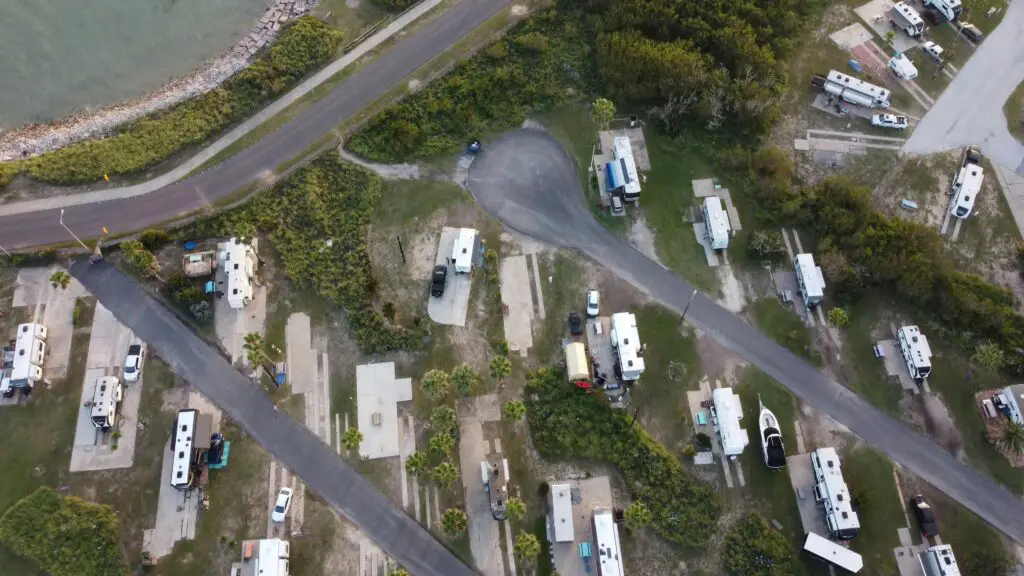
Many places don’t permit tiny homes as permanent residences due to zoning regulations. This means finding land can be difficult, and often, tiny homeowners end up parking in RV parks or on private property with temporary allowances.
5. Utility Connections Are Often Complicated

Establishing water, power, and sewage connections can be challenging. Off-grid options are popular but require investments in solar panels, water tanks, or composting toilets, which can be tricky and require regular upkeep.
6. Heating and Cooling Are Hard to Control

The compact size of a tiny home makes it prone to temperature fluctuations, often becoming too hot in the summer and too cold in the winter. Effective insulation and ventilation are necessary but add more to the cost and maintenance.
7. Resale Market Can Be Limited
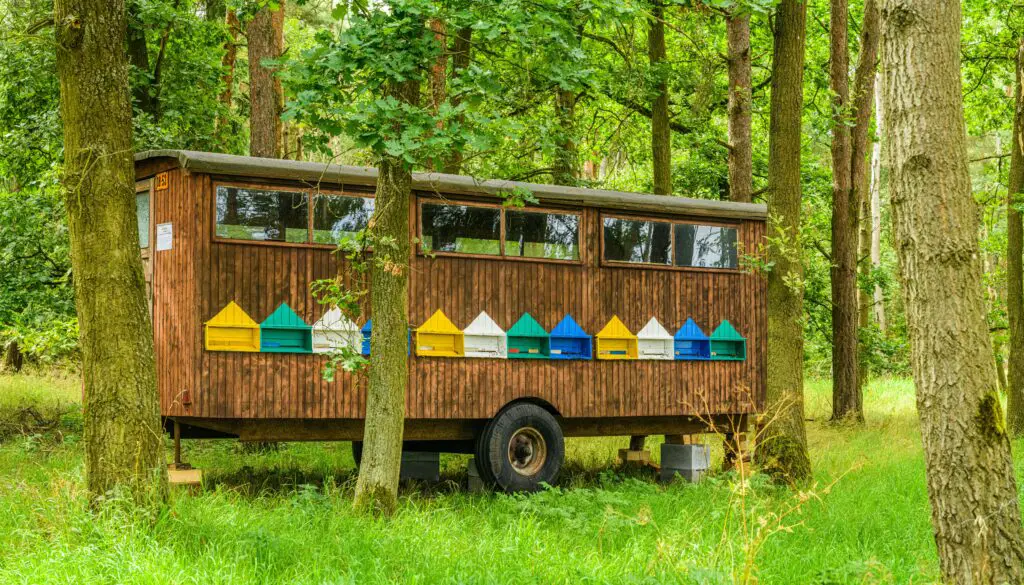
The niche market for tiny homes can make reselling difficult. Unlike traditional homes, tiny homes have a smaller pool of interested buyers, meaning resale may take longer or result in a lower price than expected.
8. Privacy Can Be Nonexistent

With only one or two rooms, it’s nearly impossible to have privacy in a tiny home. Couples or families may find it challenging to have alone time, and even simple activities can feel intrusive in such close quarters.
9. Appliances Are Often Smaller and Less Convenient
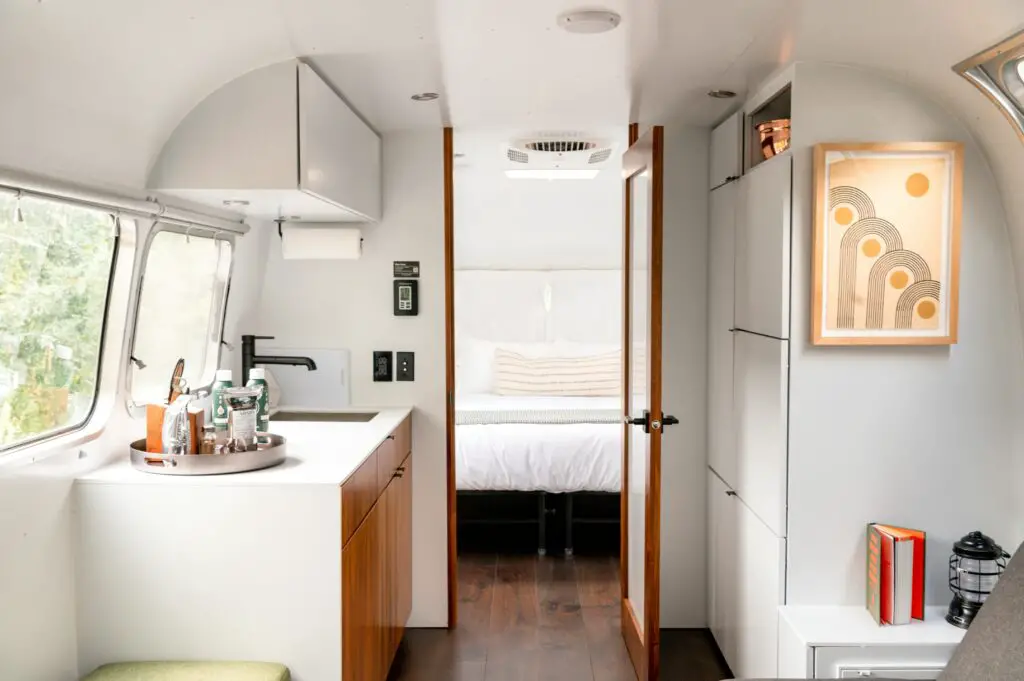
Appliances in tiny homes are often miniature versions with less power or capacity than standard ones, making tasks like cooking, laundry, and dishwashing more time-consuming or impractical.
10. Routine Cleaning Is Constant
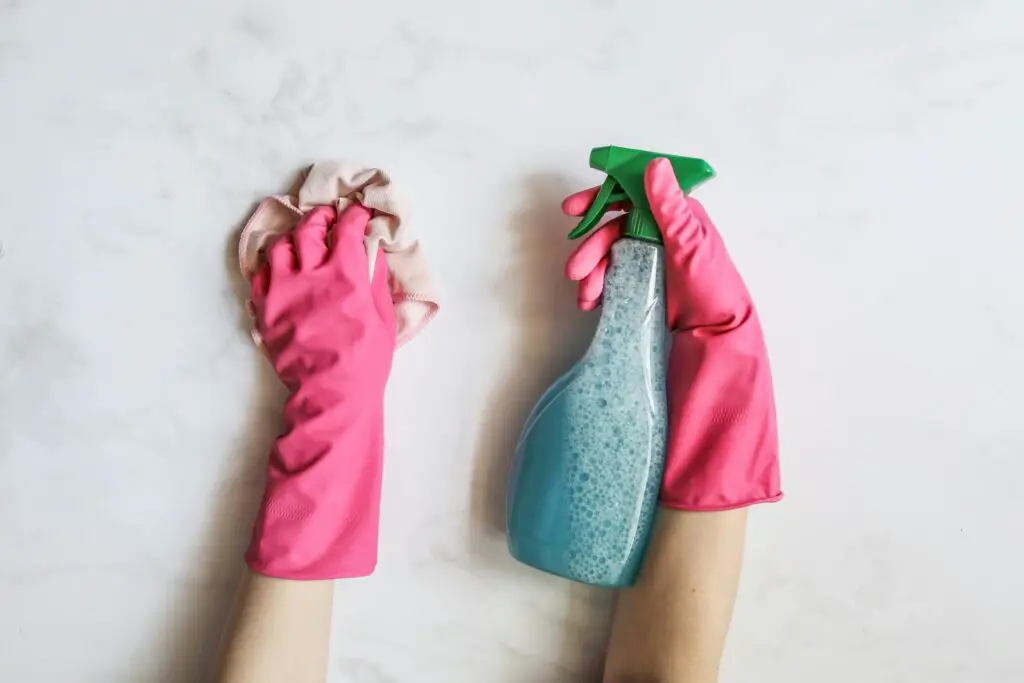
A small space may seem easier to clean, but with every inch being utilized, dirt and clutter become noticeable immediately. Daily cleaning is often required to keep the space functional and comfortable, adding extra upkeep.
11. Financing Can Be Tricky

Traditional home loans don’t apply to tiny homes, which are often classified as personal property rather than real estate. Many buyers have to use personal loans or pay cash, making financing options more limited and sometimes more costly.
12. Limited Guest Accommodations
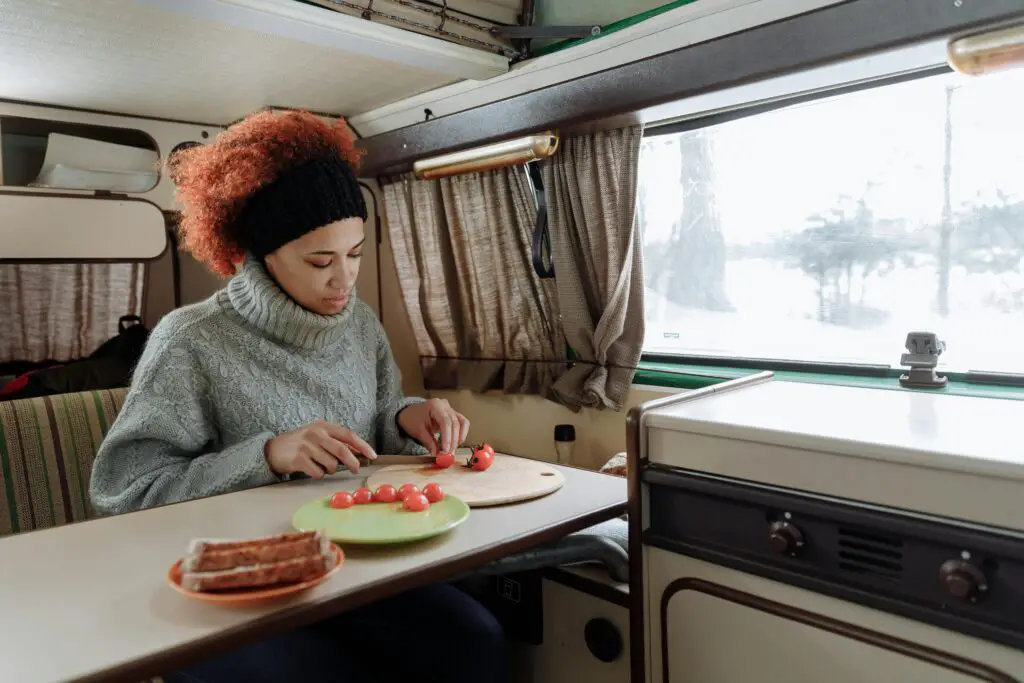
Hosting friends or family in a tiny home is a major challenge, with little to no space for visitors to stay comfortably. Social gatherings often require outdoor arrangements, which aren’t always feasible.
13. Basic Repairs Are More Complex
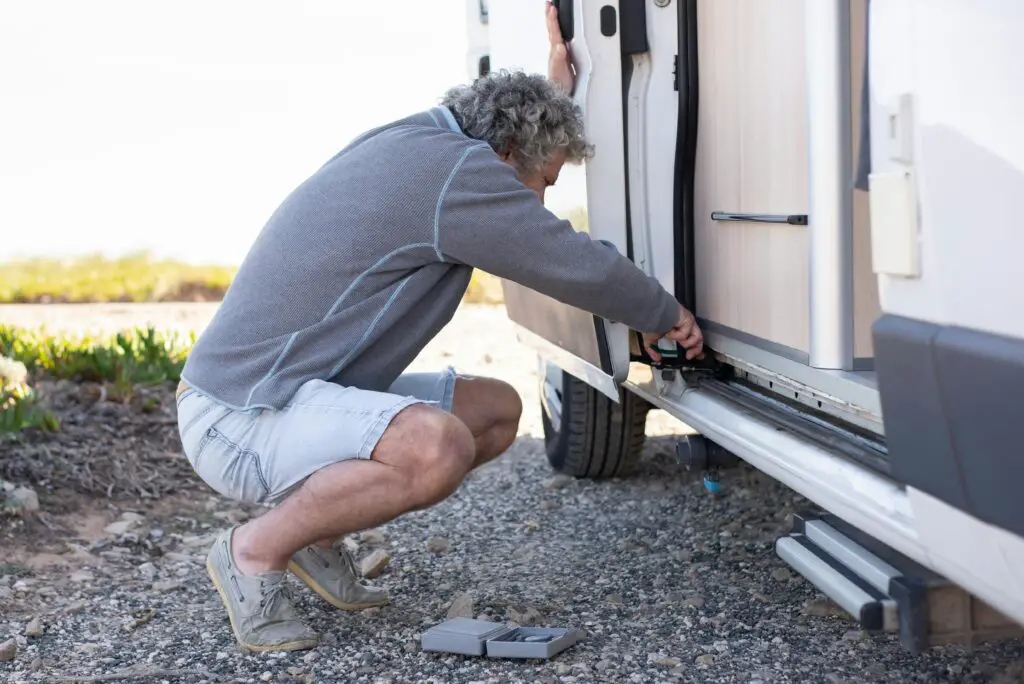
With such limited space, even small repairs can require disassembling key parts of the home. Fixing plumbing, electrical, or structural issues in a tiny home often becomes complicated and invasive, especially with custom-built models.
14. Tiny Living Doesn’t Suit Every Lifestyle
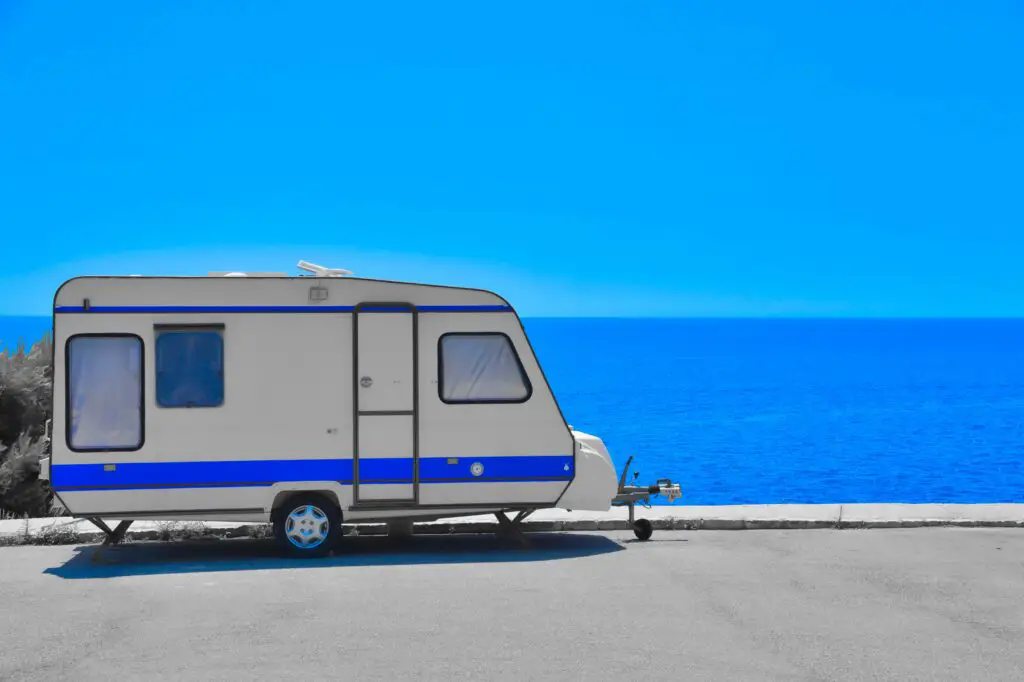
The tiny home movement is often glamorized, but the lifestyle isn’t for everyone. Downsizing to this extent requires a major lifestyle shift, and many people find it difficult to maintain long-term, especially with growing families or pets.
15. Outdoor Space Is Often a Necessity
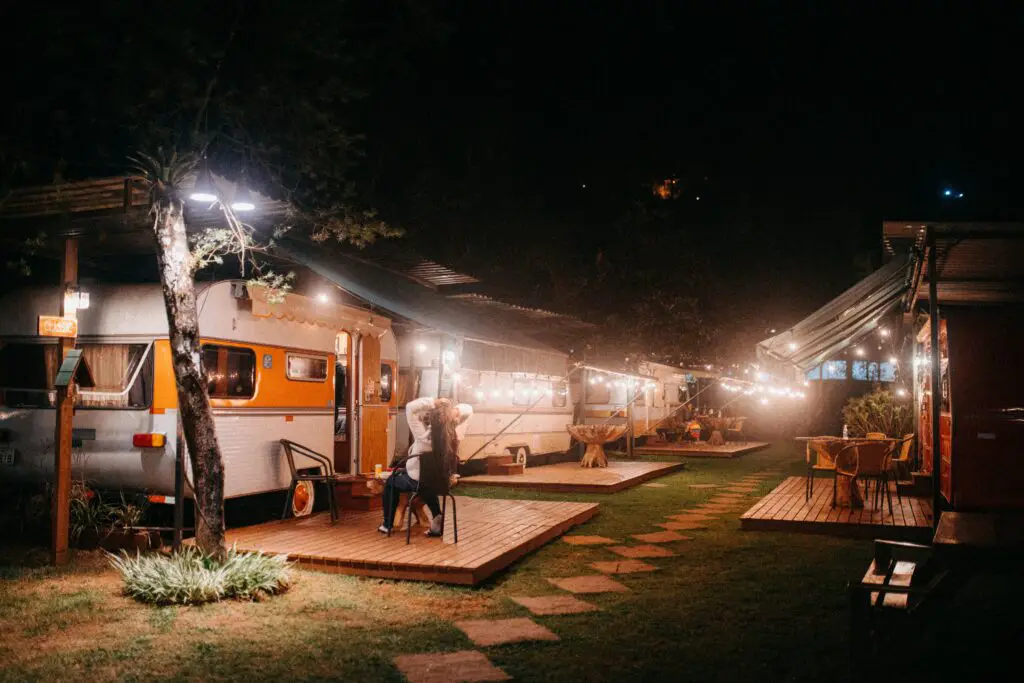
Because indoor space is so limited, many tiny homeowners rely heavily on outdoor areas for relaxation, storage, or even cooking. In climates with extreme weather, this dependency on outdoor space can make tiny living challenging and less functional.
While tiny homes can be a unique solution for some, it’s important to consider these realities before diving into the tiny lifestyle!
